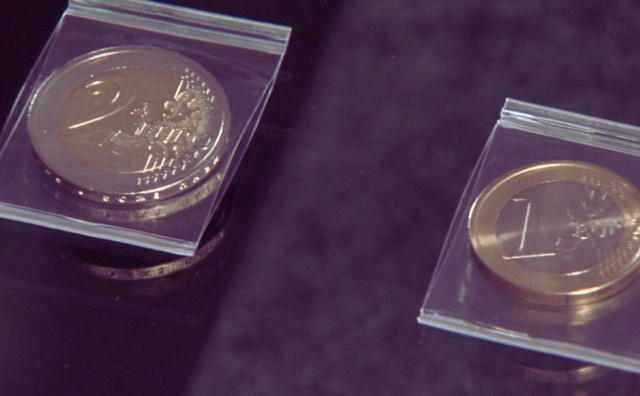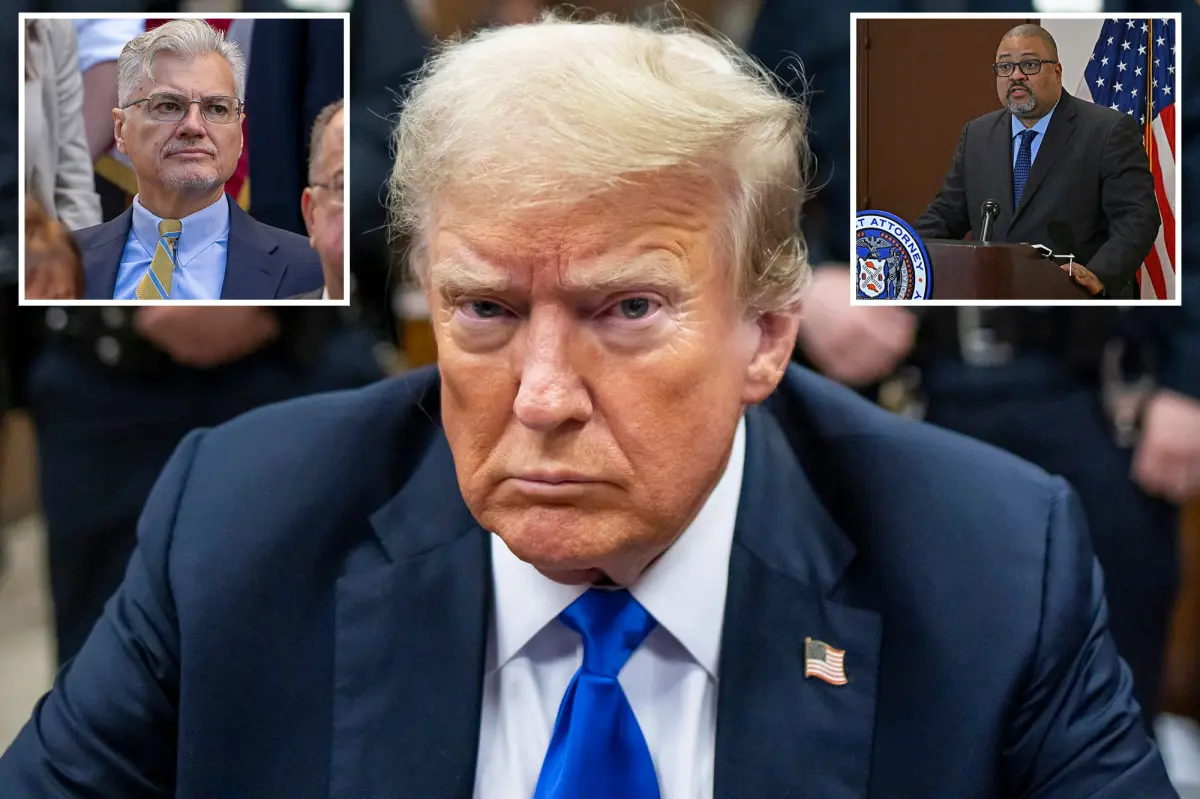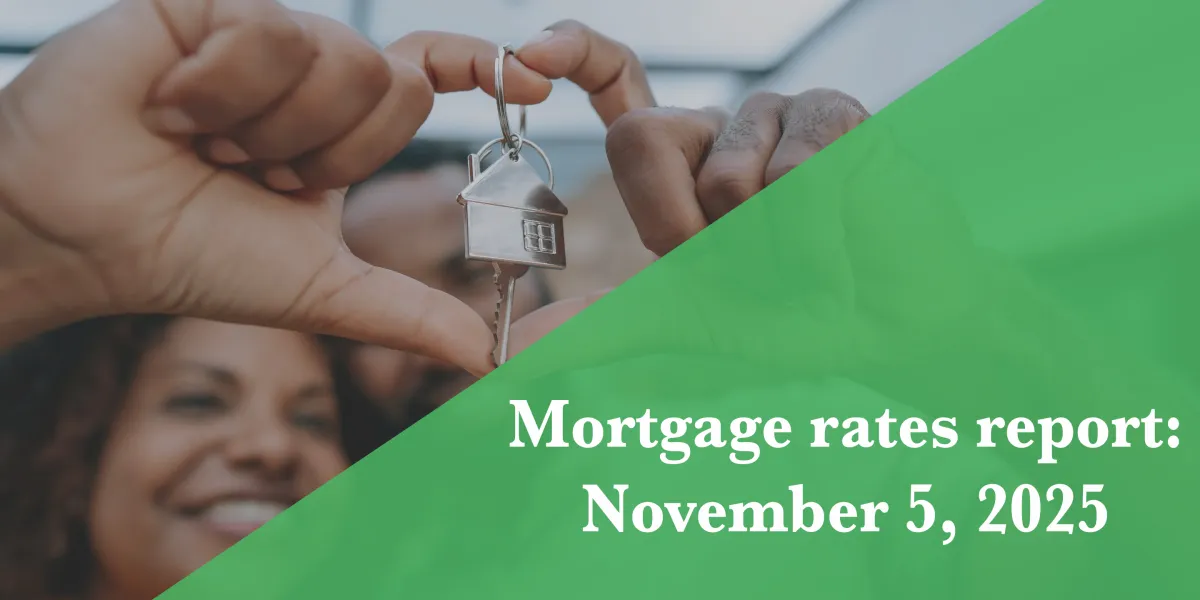Copyright novinite

For the first time, samples of Bulgaria’s new euro coins were presented on national television by the Chief Treasurer of the Bulgarian National Bank, Stefan Tsvetkov. The coins, which feature images of St. Ivan Rilski, Paisius of Hilendar, and the Madara Horseman, are being minted both at the Bulgarian Mint and at the Slovak Mint. Tsvetkov explained that the production and distribution process began immediately after the official decision confirming Bulgaria’s entry into the eurozone. According to him, the procedure from approval to circulation takes several months and involves extensive preparation, control, and coordination before the coins reach the BNB’s vaults. Tsvetkov described the most complex stage as the design and approval of the visual elements. Artists create the images, patterns, and reliefs, which are then approved by the BNB’s Governing Council. Since the coins carry a national side, their designs are also subject to approval by the European Commission and all eurozone member states. Once that stage is complete, detailed contracts for minting and distribution are signed. From November 1, the BNB began distributing euro banknotes and coins to commercial banks as part of the initial supply phase. The banks, in turn, will provide them to their business clients in preparation for circulation. Alongside this process, the BNB will make available special “starter kits” containing Bulgarian euro coins. These kits will be sold to citizens starting December 1 through banks, post offices, and the BNB. They will not enter circulation until January 1, 2026, when the euro officially becomes Bulgaria’s currency. Each kit will have a total value of 10 euros and 23 cents and will be sold for 20 leva. A similar version for businesses will also be available in larger packs of 10 sets. The Chief Treasurer added that on the 2-euro coin, the inscription “God Protect Bulgaria” will be featured. According to Tsvetkov, the introduction of the Bulgarian euro coins has sparked considerable collector interest, both domestically and abroad. He noted that inquiries have increased significantly in recent months, with enthusiasts eager to see what commemorative or collector editions might follow. Since the new coins will bear the euro symbol rather than the lev, the international interest in them is expected to be even higher. As for the lev, Tsvetkov clarified that the printing of leva banknotes and coins has already been discontinued, as existing quantities are sufficient until their withdrawal. From January 1, 2026, the BNB will exchange leva for euros indefinitely and without any fee. Meanwhile, preparations for the euro’s physical introduction are fully underway. Euro banknotes have already arrived in Bulgaria and are stored securely in the BNB’s vaults, where they are being sorted and distributed to the banking system. “All the logistics are in progress, and deliveries to commercial banks began on November 1,” Tsvetkov confirmed. He reassured that the transition is proceeding according to plan and that both banks and the BNB are fully prepared for Bulgaria’s official switch to the euro at the start of 2026. Source: Bulgarian National Television (BNT)



